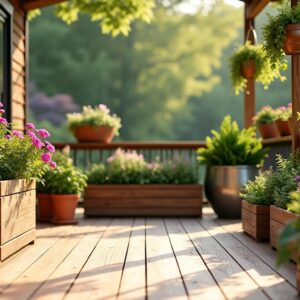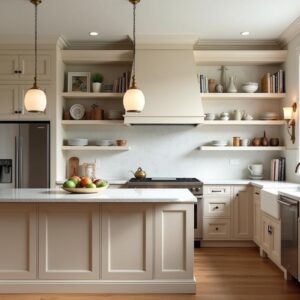Understanding truss interiors and their usage is crucial to the design process. Understanding a truss’s cross-section determines its strength and will dictate the power of other members of the truss system. Therefore, the designer must iterate through the design process to choose the right cross-section for a specific structure.
Contents
Wooden trusses
Timber trusses are an excellent choice for interior design projects. These Truss Interiors are typically made of old, reclaimed wood. More customers are opting to incorporate antique wood into their home decor. These timbers are salvaged from old buildings and are carefully inspected for signs of rot, splits, or insect infestation.
There are five basic types of timber frame trusses, and each can be used for various design purposes. Depending on the size and style of the house, you can use the type that best suits your design aesthetic. For instance, if you are designing a cottage-style home, you may want to opt for a common-truss design. This will not overwhelm the room visually but will still add a touch of rustic wood.
Pole barn trusses
Understanding pole barn trusses and their use is essential in building a pole barn. The trusses support a pole barn roof and transfer loads from one roof beam to the other. While there is no standard lumber grade for trusses, understanding the grading system will help you choose suitable materials for your project. Look for mechanically graded (MSR) lumber to make your choice easier. But remember that even though mechanically graded lumber is more vital than other wood materials, there are still risks associated with large trusses, so you should hire a qualified builder to install them.
In addition to the truss’s size, shape, and design, you should also consider the type of load that will be transferred to the truss. For example, if you are storing light items, you may want to choose a standard truss. These are made with a triangle-shaped center section to provide more space for light items. However, it would be best if you didn’t use them for heavy items.
Polynesian trusses
Polynesian trusses are used for a variety of purposes. They are commonly used in buildings in the Polynesian style, a style of architecture that evolved in the Asia-Pacific region. Their slanted roof profiles make them ideal for buildings with low roofs, such as holiday homes. They are also used in commercial buildings, including a popular pizza chain.
Polynesian trusses are used for a wide range of roofing applications. They allow for various roof styles while maintaining strength and structural integrity. Many types of trusses are available, including the kingpost, double fink, dual pitch, Polynesian, and cambered trusses.
Parallel chord trusses
A parallel chord truss is a cross-bracing member that has at least one continuous chord member along its length. It is a truss commonly used to support internal walls and floors. The chord members of a parallel chord truss are cross-braced so that cabling can pass through.
First, determine a truss’s cross-sectional area (A) to determine its strength. This can be calculated by dividing the cross-sectional area by the number of members. The cross-sectional area is proportional to the relative stiffness of the members and their equilibrium conditions. Then, determine how much force the members will likely experience while under compression.
Metal plate-connected trusses
The stability of a truss depends on the design of the members. The method of a truss must consider the number of joints, the geometry, and the load-carrying capacity of the members. If the members are in tension, they must be designed to resist the forces of gravity and the forces of internal and external loads. The structural analysis of a truss can be performed using two-dimensional and three-dimensional matrix methods.
During construction, the trusses must be placed in the appropriate locations. The weight of a truss member will determine the strength of the other members. When designing a truss, it is necessary to iterate until a design is perfected.





